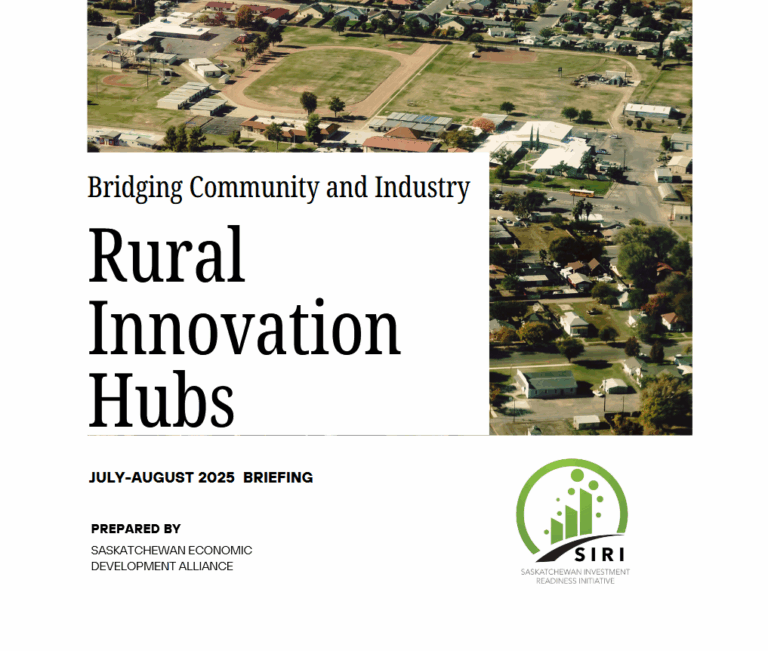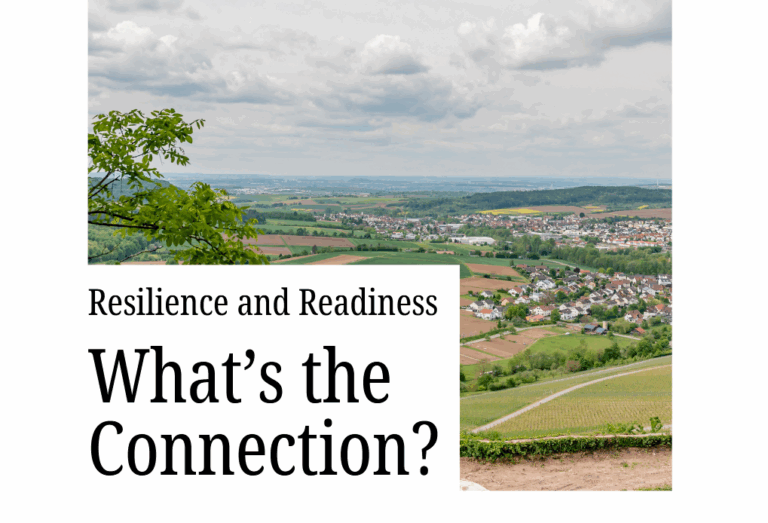‘Back to the Future’ Leadership
Verona Thibault
When we are looking to the future, to growing, to improving our situation, we often hear terms like collaboration, innovation, cooperation. They have become used so often that they have almost become buzz words that lose their meaning. One term we do not often hear about or do not celebrate is leadership. And when we do hear or think of leadership, there seems to be an expectation that leadership is the exclusive domain of elected officials or company executives. How often do you hear the phrases – ‘they should do something’ or ‘governments should fix it’ or worse, ‘I guess this is the way it is going to be, it is not going to get any better’. Often those same folks have ten reasons why something, anything can not be done. And unfortunately, too often nothing is done, the opportunities are lost, and our communities and rural way of life withers a little more.
But this ignores our past. It ignores the attitudes that built our province. When we look back in history, there was one common denominator for the really big ideas, the significant changes, the problem solving, the nation building initiatives – grassroots, community leadership.
We have been fortunate to have had community leaders with vision, with big ideas, with an appetite to grow, with the courage to overcome obstacles and the fortitude to find strength in through true collaboration. We need not look too far back in the history of our province for examples of this.
Many people believe that government initiated public health care in Saskatchewan. In fact, the concept originated with the collaboration of grassroots leaders that were driven to meet the health care needs of the community. For example, community leaders in the RM of McKillop, the Town of Strasbourg and the two villages of Bulyea and Silton collaborated to form ‘Health District #1’ in 1939. [1] There were dozens of similar health related, grassroots initiatives to secure doctor services, build hospitals (e.g. Victoria Hospital in Prince Albert) and treat communicable diseases like tuberculosis.
Thanks to the visionary, courageous leaders in the town and four districts of the rural municipality, the Saltcoats Rural Telephone Company was established in 1908. The telephone exchange (think, Lily Tomlin in Laugh-in) was in the town of Saltcoats, but 240+ kilometers of telephone line was hand-built in a cloverleaf winding through the countryside, enabling farmers to transact with business in the town. In its time, the facilities were equal to very much larger urban centres and cities. Many believe that the telephone company was a significant reason that Saltcoats became a leading market area, a trading hub that lasted for decades.[2]
Market area economies also thrived when railways and major highways went through. We are aware of communities without railways or major highways diminished over time. But we forget that it was the innovation, the vision, the motivation, the cooperation of ordinary people, local community leaders that leveraged the infrastructure to enable their communities to prosper and grow.
Times changed and in the later half of the 20th century, health care, telephones, electricity, roadways gradually moved away from community centric to centralized – primarily to take advantage of economies of scale, lower costs, higher reliability. And unfortunately, with that shift to centralization, an attitude that ‘they’ will look after our interests seemed to emerge.
It is interesting that in the 21st century and the digital economy with the advent of new technologies and innovations, many services are once again become decentralized to meet the needs of the citizens. We will address this and the implications in a subsequent blog.
Today, the essential infrastructure is broadband. Access to abundant and affordable broadband does not guarantee that rural Saskatchewan will survive and thrive. But it is almost guaranteed that rural Saskatchewan will not survive without broadband.
Perhaps this is our ‘back to the future’ moment. The attitude that ‘they’, and ‘they alone’ will ensure our success is not beneficial nor productive. Instead, we need to look back to the future. To look through the lens of our pioneers, the grassroots community leaders who built our province a century ago. For them, and now for us, words like vision, collaboration, innovation, cooperation, and leadership are action words.
The ‘they’ now becomes ‘we’. We are the new pioneers. Today we work with and support our elected officials and collectively, we are the grassroots community leaders. It is ‘we’ who are going to lead, to address the challenges, to move things forward and most importantly, to ensure our own future success. Let’s now lead the development of broadband infrastructure in our rural communities and market areas.
[1] https://esask.uregina.ca/entry/health_care.jsp
[2] Saltcoats Roots and Branches published by the Saltcoats and District Historical Society, 1982





